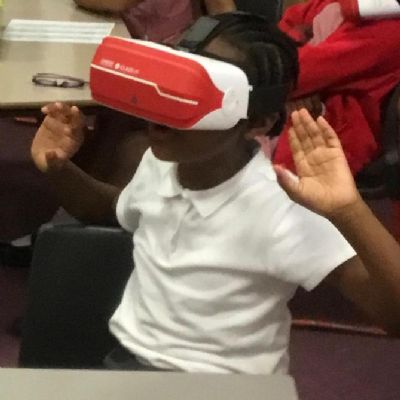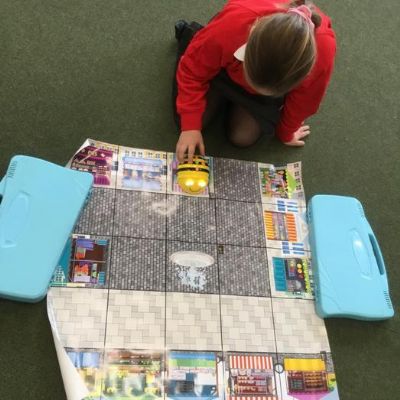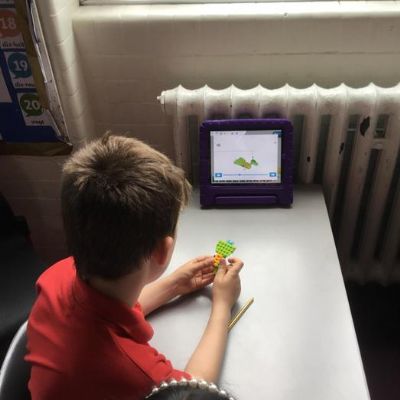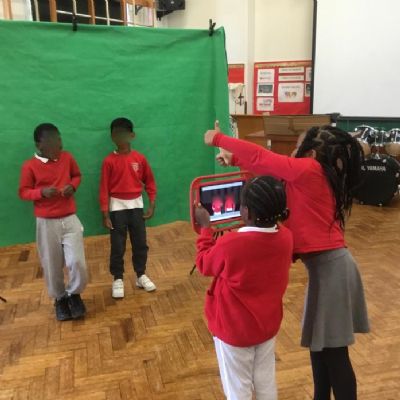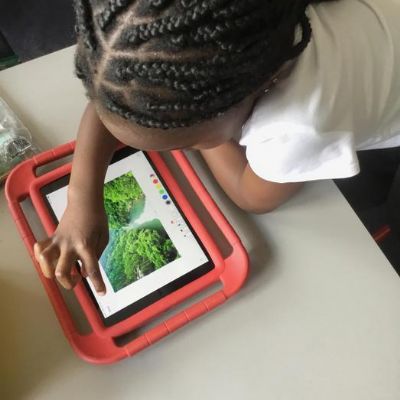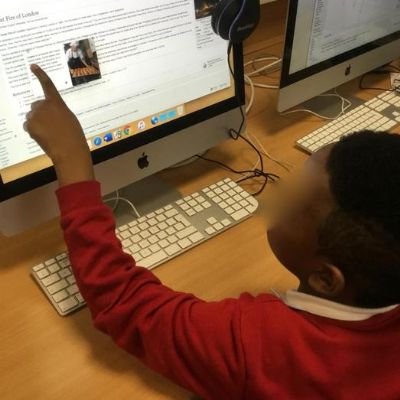Computing
Intent:
At St Stephen’s CE Primary School, our aim is to deliver a high-quality Computing curriculum through the nationally recognised Teach Computing scheme. We want every child to develop a confident, secure understanding of digital technology and how it can be used creatively, responsibly and safely. Our intent is for all children to leave primary school digitally literate and equipped with the skills needed to thrive in an increasingly digital world.
We believe in a curriculum that is ambitious, inclusive and rooted in the three key strands of Computing: Computer Science, Information Technology and Digital Literacy. Our children are encouraged to think computationally, solve real problems, and become creators—not just consumers—of technology.
We believe that all pupils must:
-
Understand the core principles of programming, sequencing, repetition and logic.
-
Be able to use digital devices for a range of purposes across the curriculum.
-
Know how to evaluate digital content and recognise misinformation online.
-
Develop proficiency in key applications such as word processing, data handling and media creation.
-
Be confident digital citizens, with a secure understanding of how to stay safe online.
-
Collaborate and communicate responsibly using a range of online platforms.
-
Develop a personal portfolio of digital work that demonstrates creativity and purpose.
Implementation:
Our Computing curriculum follows the Teach Computing scheme, developed by the National Centre for Computing Education (NCCE). It is fully aligned with the National Curriculum and ensures robust progression across the three strands: Computer Science, Information Technology and Digital Literacy.
We have in place:
-
A long-term overview outlining unit coverage across all year groups, ensuring balance and progression in key computing skills.
-
A progression map that details how knowledge, vocabulary and concepts build year-on-year, supporting children’s long-term memory and skill development.
-
Medium-term planning for each year group, identifying the software/hardware used, core objectives, cross-curricular links and opportunities for challenge and support.
-
Weekly lesson plans from the Teach Computing curriculum which begin with a clear learning intention and focus on small-step progression, vocabulary and assessment opportunities.
-
Enrichment opportunities including termly Coding Clubs for Years 2–6, promoting independent exploration, logic, and creativity.
-
In Early Years, children are introduced to technology through meaningful play-based experiences that encourage exploration, curiosity and real-world application.
-
Whole-school access to digital tools including Canva for Education, Beebots, MicroBits, VR headsets, and more, ensuring computing is embedded across the curriculum.
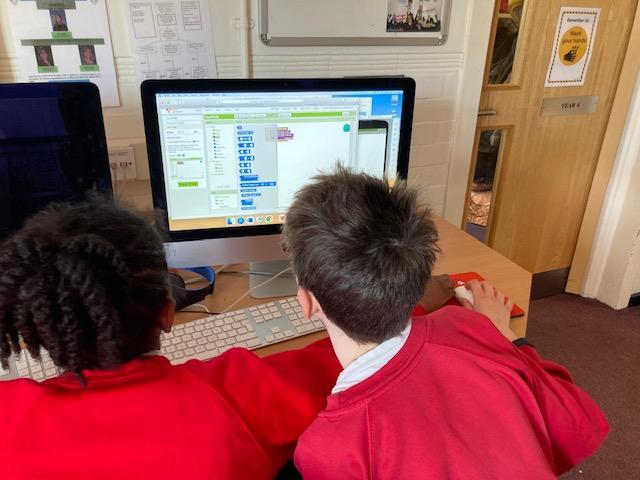
COMPUTING IN EYFS
At St Stephen’s, children in the EYFS experience Computing through a broad, hands-on, play-based approach integrated into daily provision. Technology is explored through real-life role play and imaginative scenarios, enabling children to understand how digital tools support our everyday lives.
In Nursery and Reception, children have access to a variety of technology such as iPads, microphones, Beebots, interactive whiteboards, wind-up toys, torches and CD players. They also use digital tools to create music, take photos, record videos and interact with age-appropriate apps that develop their problem-solving, fine motor and communication skills.
These early digital experiences lay the foundation for the Teach Computing curriculum in later years, while also enhancing other areas of learning, such as Communication and Language, Understanding the World and Expressive Arts.
Impact:
Our Computing curriculum ensures that all pupils at St Stephen’s gain a secure understanding of core computing concepts, can apply their knowledge across subjects, and leave with the digital confidence required for the next stage of their education.
Children develop a growing awareness of how technology influences their world and learn to make informed, safe and responsible choices online. The curriculum fosters independence, curiosity, and critical thinking.
We measure the impact of our Computing curriculum through:
-
Work scrutiny and review of Curriculum Connection books and work uploaded by pupils onto the Google drive and other online platforms like Canva.
-
Pupil voice discussions, assessing understanding, confidence and enjoyment.
-
Regular review of areas where staff may benefit from further support or CPD.
-
Monitoring of participation in enrichment activities such as coding clubs.
The children’s confidence, engagement and creativity are a testament to the success of computing at St Stephen’s.

